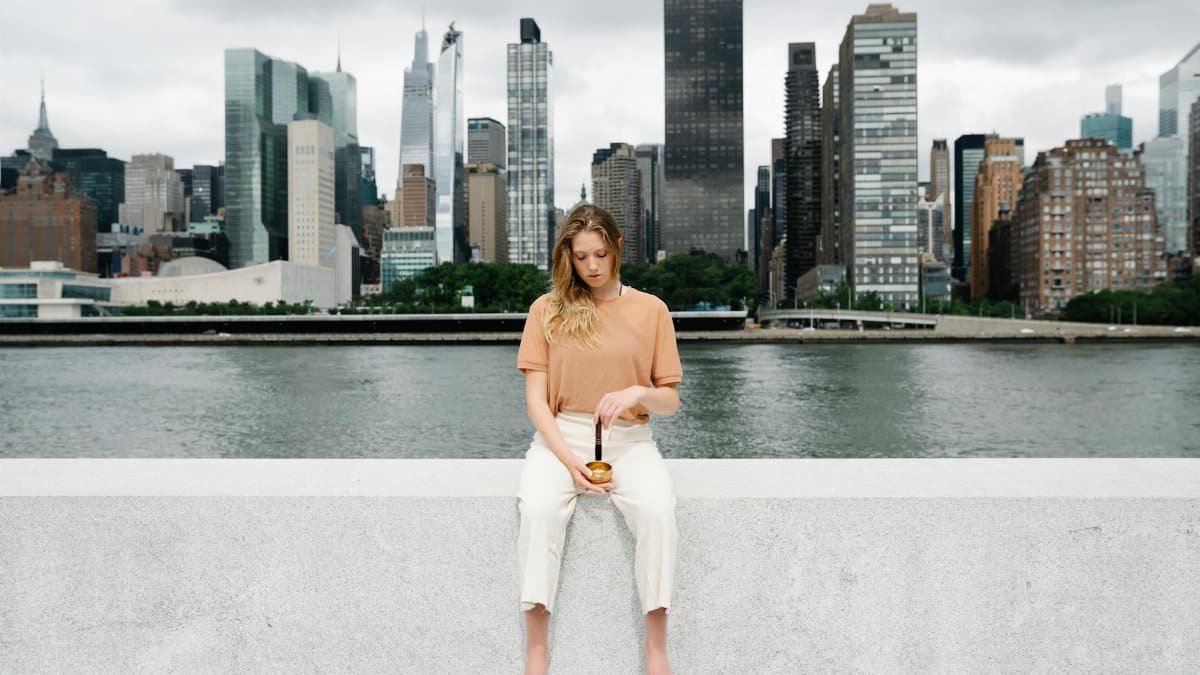New data shows that 42% of New Yorkers have incorporated meditation into their routines over the past year, up from 28% in 2023, according to a recent survey by the American Psychological Association. This surge reflects a desperate search for calm | focus | awareness in the relentless hustle of the Big Apple. From Wall Street traders battling burnout to Brooklyn parents juggling remote work and family demands, meditation offers a quick reset. Experts say it’s not just hype; it’s a proven tool to combat urban stress, sharpen mental clarity, and heighten self-awareness. As 2025 kicks off, more residents are ditching caffeine highs for mindful breaths.
The Toll of Urban Chaos
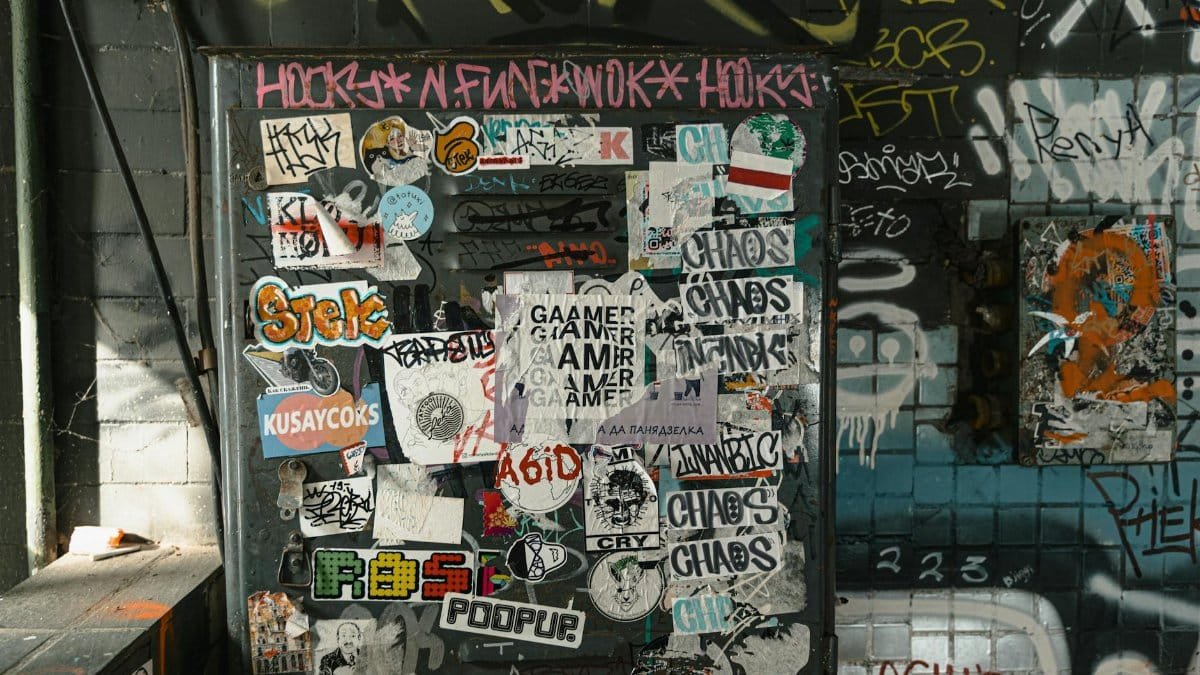
New York City’s non-stop energy takes a heavy toll on mental health. Sirens blare, subways rattle, and deadlines loom around every corner. A study from Columbia University found that city dwellers experience 30% higher cortisol levels than those in quieter areas. This chronic stress leads to anxiety, insomnia, and reduced productivity. Meditation steps in as a counterforce, helping people reclaim control. Practitioners report feeling grounded after just 10 minutes a day. It’s no wonder apps like Headspace see spikes in downloads from Manhattan zip codes.
Building Inner Calm
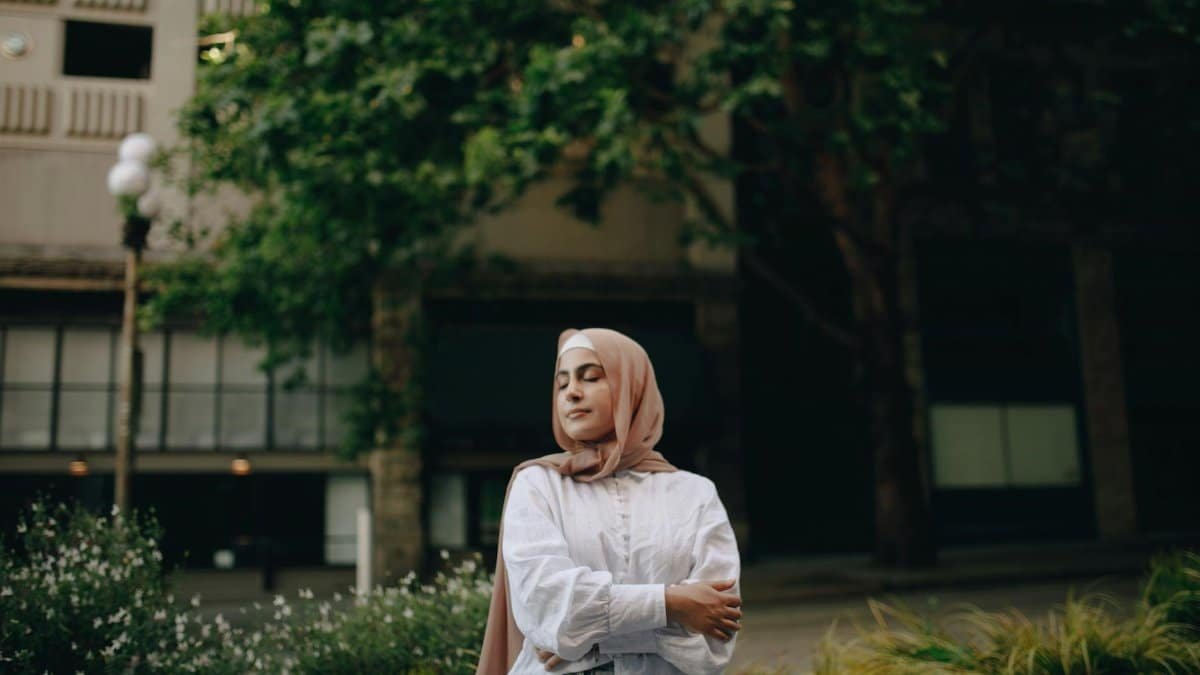
Meditation fosters calm by training the brain to let go of racing thoughts. Techniques like deep breathing activate the parasympathetic nervous system, lowering heart rates and easing tension. In a city where noise pollution hits 85 decibels on average, this practice creates mental oases. Research from the National Institutes of Health supports this, showing reduced amygdala activity in regular meditators.NCCIH on Meditation Benefits. New Yorkers use it to unwind after long commutes, turning subway rides into serenity sessions.
Sharpening Focus Amid Distractions

Focus gets shredded in a world of endless notifications and multitasking. Meditation rebuilds it by improving attention spans through mindfulness exercises. A Harvard study revealed that eight weeks of practice boosts gray matter in brain regions linked to concentration. Participants handled tasks more efficiently, a boon for professionals in high-stakes jobs. In New York, where distractions abound from Times Square ads to smartphone pings, this edge is crucial. Many report better decision-making and fewer errors at work after starting a routine.
Heightening Awareness for Better Living
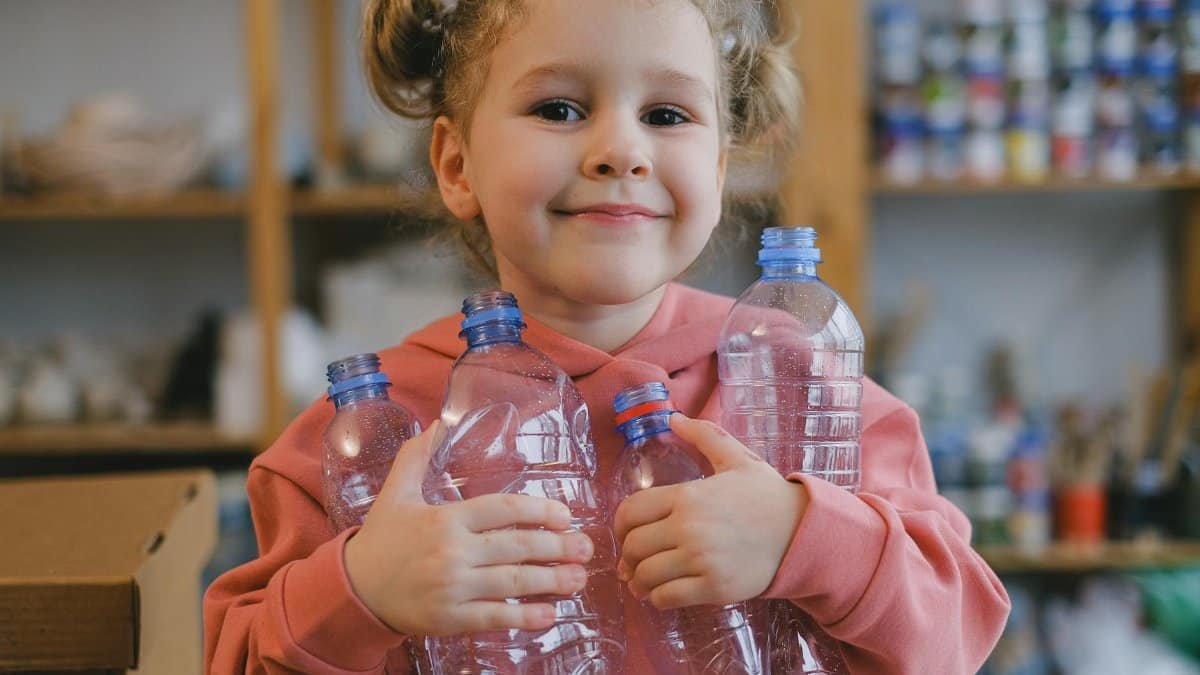
Awareness in meditation means tuning into the present moment, spotting emotional triggers before they escalate. This self-insight helps navigate relationships and personal goals. A report from the University of California, Berkeley, links mindfulness to improved emotional regulation. New Yorkers facing isolation in crowded spaces find it transformative, fostering empathy and reducing reactivity. It’s especially popular among young professionals seeking work-life balance in 2025’s competitive job market.
Popular Methods Taking Over NYC

From guided apps to in-person classes, meditation options explode in New York. Studios like MNDFL in Manhattan offer sessions tailored to urban stressors. Virtual platforms provide accessibility for busy schedules. A Pew Research survey notes that 55% of urban adults prefer digital tools for wellness.Pew Research on Mindfulness Trends. Community events in Central Park draw crowds, blending ancient practices with modern city life.
Scientific Evidence Backing the Trend

Science backs meditation’s rise. Meta-analyses in journals like JAMA Internal Medicine show it reduces symptoms of depression and anxiety by up to 40%. Brain scans reveal structural changes promoting resilience. For New Yorkers, this means tangible relief from daily pressures. Experts from Mount Sinai Hospital recommend it as a first-line defense against burnout, with programs integrating it into corporate wellness. As evidence mounts, skepticism fades, drawing even hardened skeptics to try it.
Real Stories from the Streets
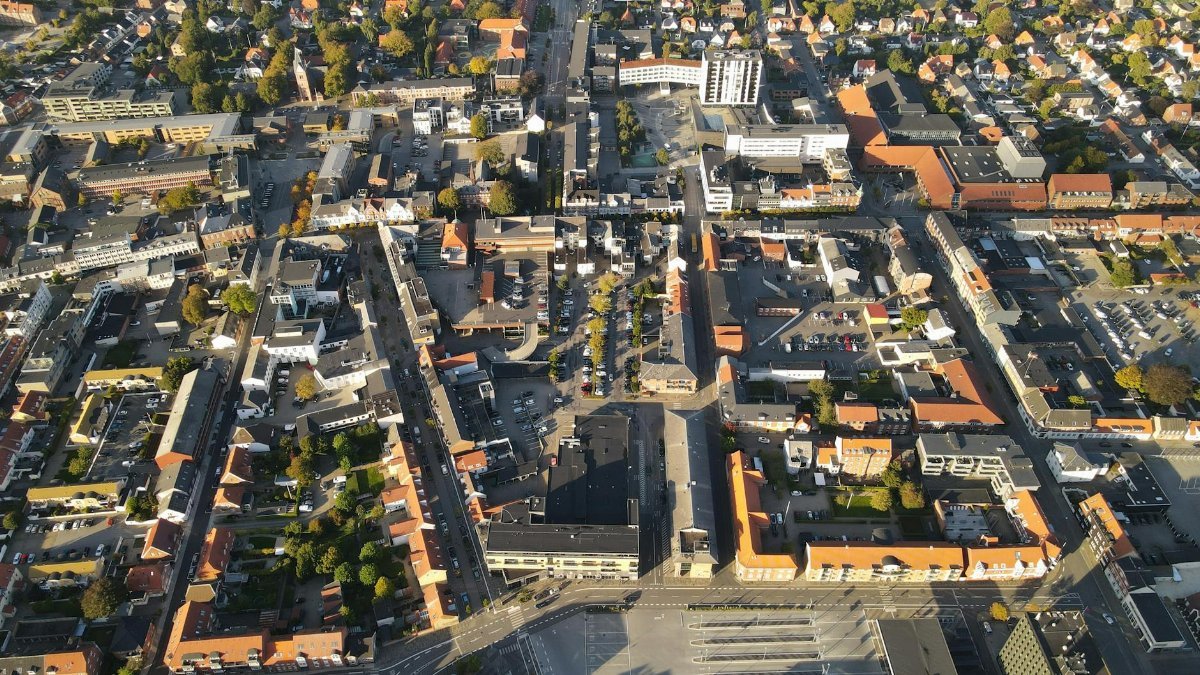
Take Lisa M., a Queens teacher who started meditating during the pandemic. “It saved my sanity,” she says. “I gained focus to manage chaotic classrooms.” Or tech exec Raj P. from Midtown: “Awareness helped me spot burnout early.” These anecdotes echo across boroughs, with support groups forming online. A city health department report highlights how such practices cut emergency room visits for stress-related issues by 15% in participating communities.
Challenges and How to Overcome Them
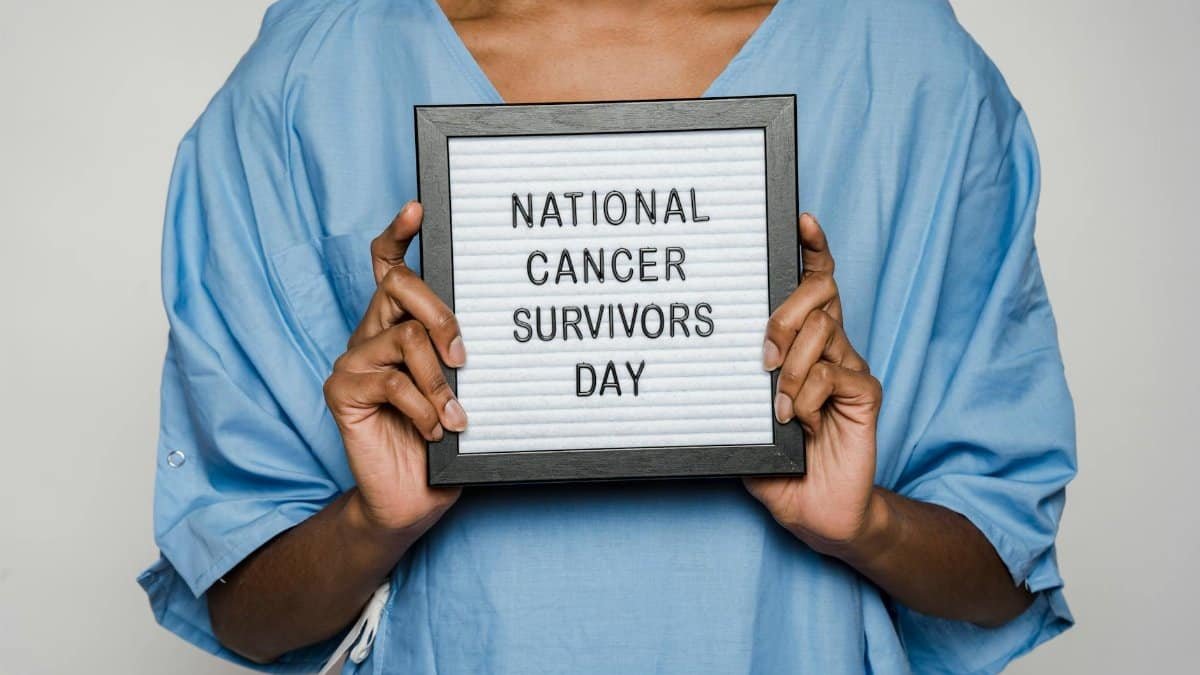
Not everyone sticks with meditation. Common hurdles include finding time or quiet spaces in noisy apartments. Beginners often feel restless. Experts suggest starting small, like five-minute sessions, and using noise-cancelling headphones. Consistency builds habits, with apps tracking progress. In New York, free community centers offer guidance, making it accessible despite barriers. Overcoming these leads to lasting benefits in calm and clarity.
Integration into Daily Routines

Incorporating meditation into New York life is straightforward. Morning sessions set a positive tone, while evening ones aid sleep. Commuters practice on trains, focusing on breath amid crowds. Workplaces like Google offices in Chelsea provide quiet rooms. As 2025 trends show, hybrid models blend tech with tradition, ensuring sustainability. This integration turns fleeting calm into enduring awareness.
The Broader Impact on Well-Being
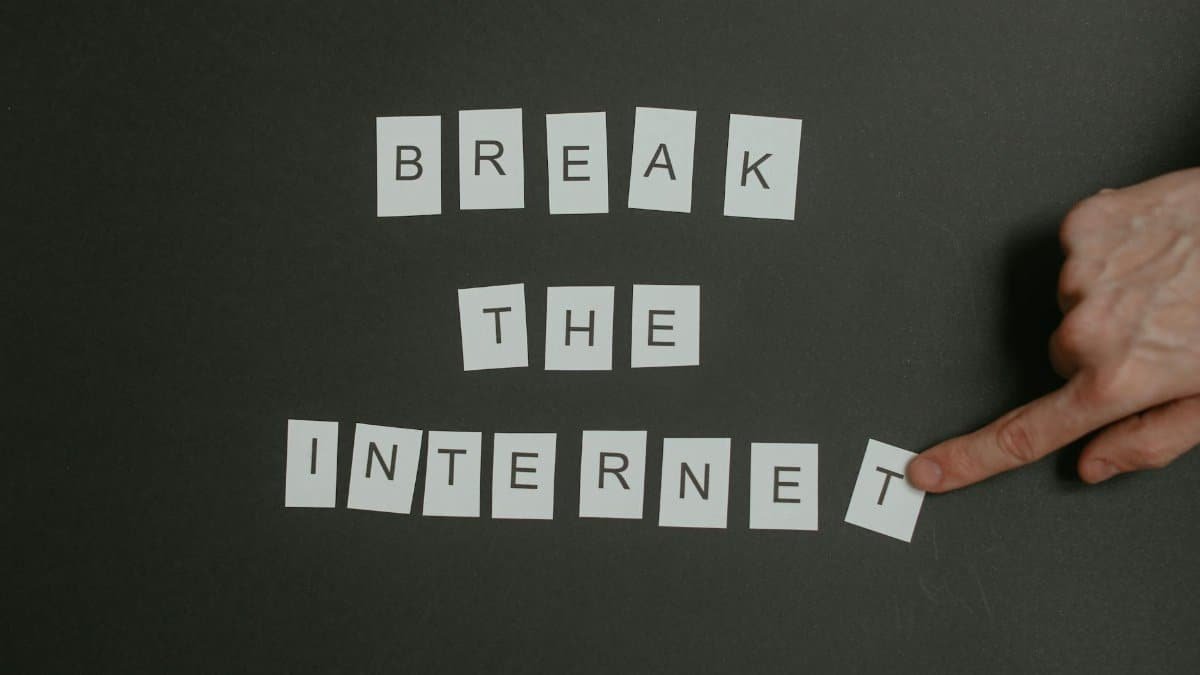
Beyond individuals, meditation influences community health. Reduced stress correlates with lower crime rates in mindful neighborhoods, per city data. It promotes collective awareness, fostering kinder interactions. Public health initiatives in 2025 aim to expand access, targeting underserved areas. Ultimately, this shift could redefine New York’s reputation from frantic to focused, proving that inner peace thrives even in chaos.
